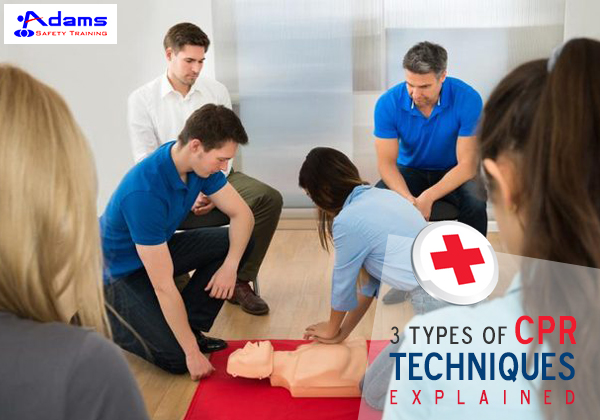Cardio-pulmonary resuscitation (CPR) is a lifesaving technique useful is various emergency situations such as a cardiac arrest, heart attack or near drowning. This technique often includes a combination of chest compression and artificial ventilation. It helps to preserve intact brain function and restore the blood circulation and breathing to the vital organs of the patient’s body. CPR is very useful for those who become unresponsive with no breathing or abnormal breathing. Below mentioned are some of the important CPR techniques, have a look:
High-Frequency Chest Compressions: High-Frequency Chest Compressions is an important CPR technique that helps to improve resuscitation from cardiac arrest.
Open-Chest CPR: Open chest CPR is a technique in which the heart is accessed through a thoracotomy. Compressions are performed using the thumb and fingers, or with the palm and extended fingers against the sternum. This technique helps to generates forward blood flow and coronary perfusion pressure.
Interposed Abdominal Compression CPR: Interposed Abdominal Compression or IAC CPR is basically a 3-rescuer technique-an abdominal compressor, the chest compressor and the rescuer providing ventilations. This technique includes, conventional chest compressions combined with alternating abdominal compressions. The IAC CPR helps to increases diastolic aortic pressure and venous return, leading to improved coronary perfusion pressure and blood flow to other vital organs.

There are various other CPR techniques that can be learned in a CPR and First Aid Training program.

